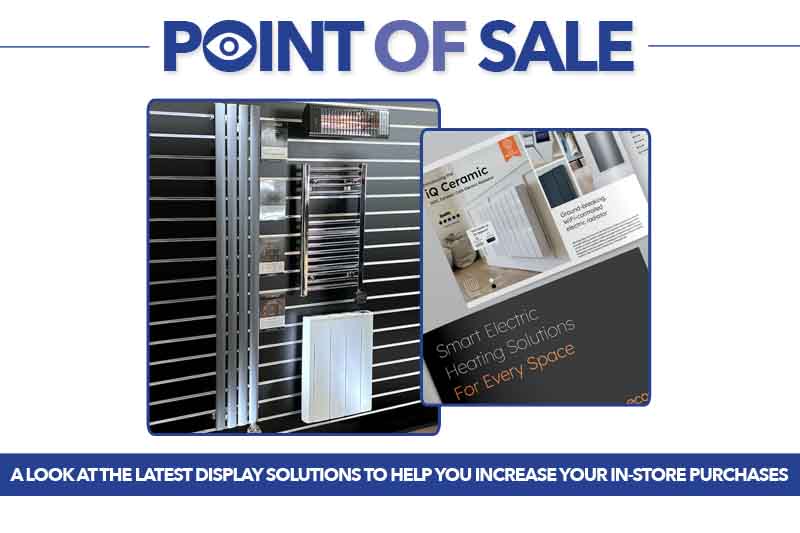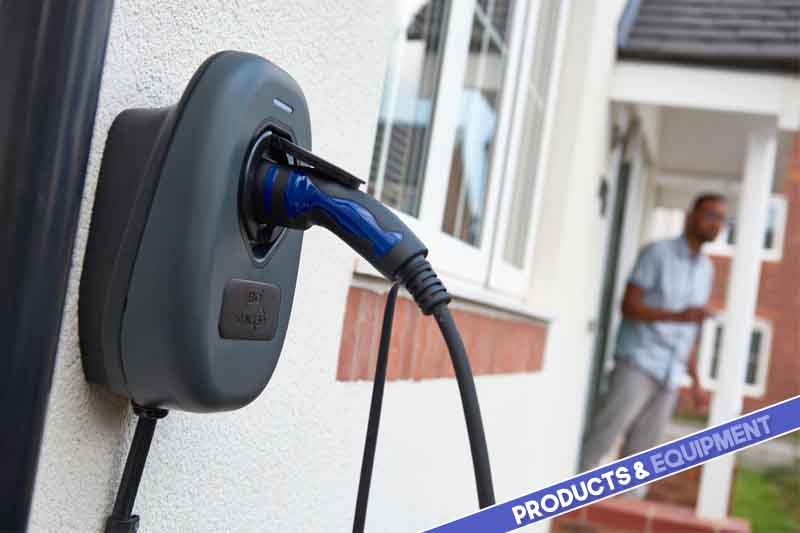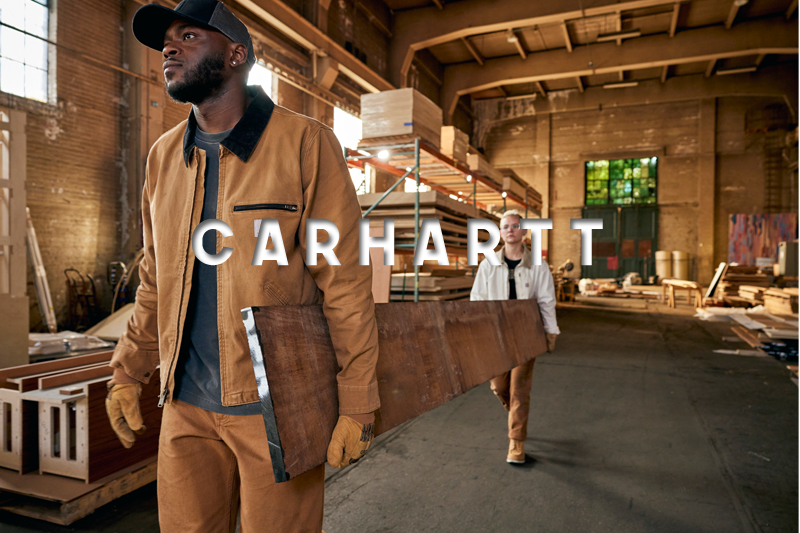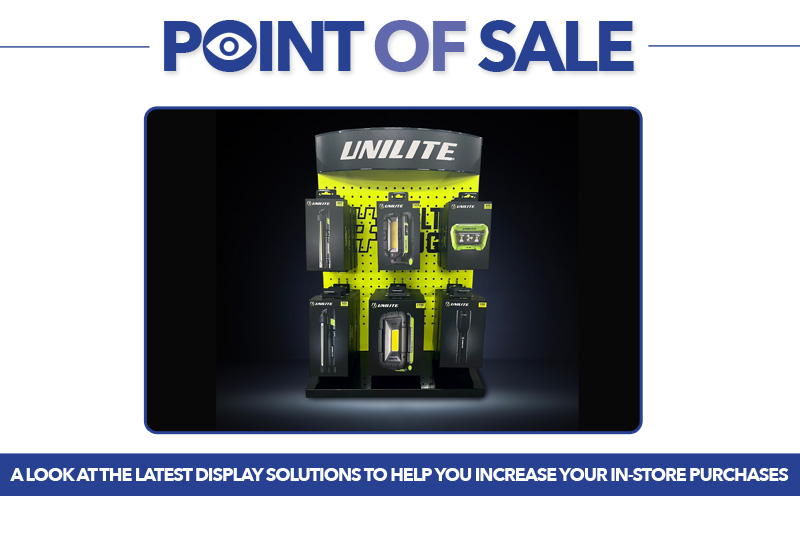Mark Isles, Head of Sales – Distribution at EnviroVent, discusses the opportunity for wholesalers’ in the market.
Increasingly stringent building regulations that affect energy efficiency and air tightness have led to a need to ensure that new homes have appropriate levels of indoor air quality and ventilation, whilst reducing the amount of energy used to heat a property. The new build sector is seeing Mechanical Ventilation with Heat Recovery (MVHR) as a practical way of meeting these requirements. This offers the wholesaler a chance to profit in a growing market.
Requirements for increased levels of air tightness and energy efficiency mean that around 25% of new homes are now being specified with MVHR systems, according to research by the National House building Council (NHBC).
What is it?
MVHR systems are situated in a central location, usually in the loft space of a house or a utility room in an apartment. They provide both supply and extract ventilation, extracting warm and moisture-laden air from the bathroom, kitchen, WC and utility room of a property which is drawn into the main system and passes over a heat exchange cell, before being ducted outside to the atmosphere. At the same time, fresh air is drawn from outside into the system, the heat from the extract air is then transferred to the supply air through the heat exchanger. MVHR units can transfer up to around 90% of the heat from the extracted air to the supply air as it passes through the heat exchange cell. This helps to reduce the overall energy requirement of the building, as well as its carbon footprint. This fresh, filtered and tempered air is then supplied into the living areas of the home, providing a good level of indoor air quality and preventing humidity which can lead to condensation and mould growth.
Air tightness
For new homes, MVHR is helping to cost-effectively contribute towards the improvements in CO2 emissions required by Building Regulations. With MVHR, the incoming air is filtered, improving internal air quality and it also negates the need for window trickle vents. In addition, MVHR is an attractive option for properties requiring acoustic measures as there is no requirement to open windows. For example, for homes located near busy roads or airports.
Correct specification
One of the main requirements with a ventilation system is to ensure it is correctly sized for the job that your customer is doing. If it is undersized, it could lead to under performance of the unit and noise issues. Correct installation is also essential with MVHR systems to ensure their effectiveness.
It is vital that the installation of any domestic ventilation system is correct and meets the minimum requirements set out in regulations and standards. Over 90% of faults with ventilation systems are down to poor installation. More installers are therefore becoming NICEIC trained, which means they can work with the latest types of domestic ventilation products efficiently, receiving technical information and advice plus practical support. As a wholesaler, you can play an important part in ensuring the customer is aware that support is available when taking on these kinds of jobs.
Apps such as MyEnviroVent offer greater control for the homeowner, as well as speeding up commissioning for the installer. It allows them to connect directly to the unit through the app without the need for a wireless internet connection. They can then access the dedicated installer mode to commissionthe airflow rates and select additional options in the unit’s ventilation settings page. This makes the whole process much simpler and more efficient, a key selling point whenever discussing home automation with installers.
Benefits
The latest generation of MVHR systems are highly efficient and can recover over 90% of the heat that would normally be lost to the outside via trickle vents or extract fans. This energy is then supplied back into the house as warmed, fresh air. There are obvious benefits to homeowners who are looking to reduce their energy bills. Sizing of the system is key, as is installation, and training is available through our dedicated MVHR training centre in Harrogate.
Electrical wholesalers who have an understanding of MVHR systems can assist developers and installers in specifying and selecting the right system.

MVHR – What you need to know:
● Over 90% of faults with ventilation systems are down to poor installation. You can play an active role by offering installation advice and training.
● They provide both supply and extract ventilation, extracting warm and moisture-laden air from the bathroom, kitchen, WC and utility room of a property which is drawn into the main system and passes over a heat exchange cell, before being ducted outside to the atmosphere.
● For new homes, MVHR is helping to cost-effectively contribute towards the improvements in CO2 emissions required by Building Regulations.
For more information on ventilation requirements for new dwellings, visit: www.envirovent.com





